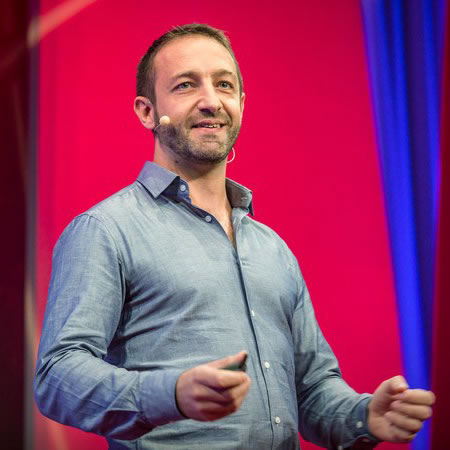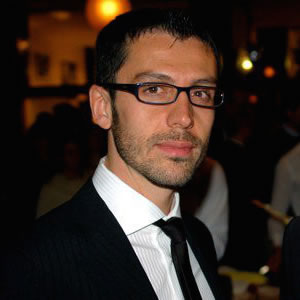To change the corporate rethoric of the smart cities movement, there is the need to study how people psychologically perceive the urban environment, and to capture that in a quantitative fashion.
Happy Maps uses crowdsourcing and geo-tagged pictures and the associated metadata to build an alternative cartography of a city weighted for human emotions. People are more likely to take pictures of historical buildings, distinctive spots and pleasant streets instead of car-infested main roads. On top of that, Happy Maps adopts a routing algorithm that suggests a path between two locations that is the shortest route that maximizes the emotional gain.
That nice, pleasant detour that would be a couple of minutes longer than the shortest route could result in a completely different walking experience.
Happy Maps might well contribute in changing the way engineering products are designed: often they are designed with the concept of efficiency in mind. But, being more efficient does not necessarily make us happier.


